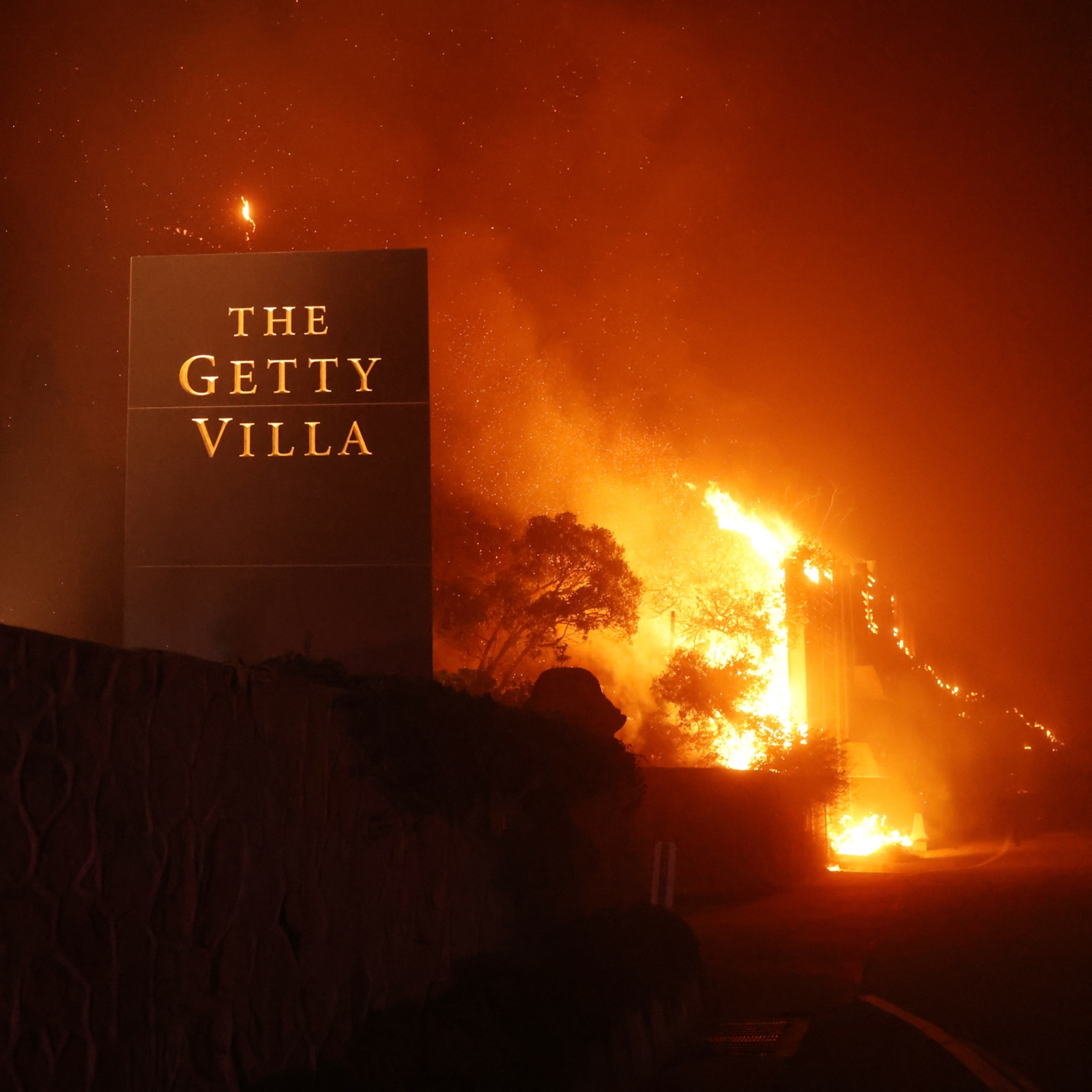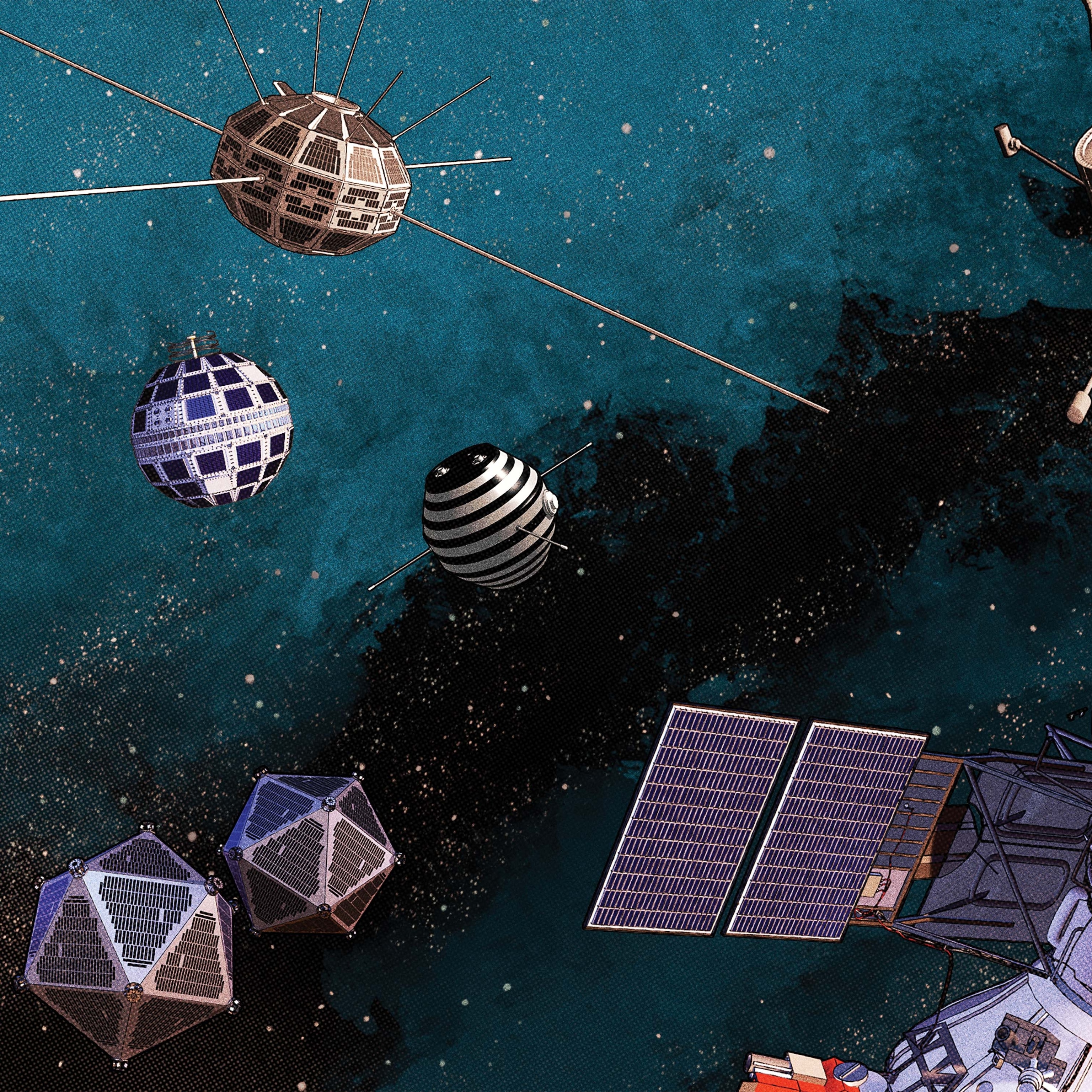What was lost in Lahaina, a glittering jewel of the Hawaiian Kingdom
The loss of so much of Lahaina—a cultural heritage center on Maui—is profound. But historians say this is not the first time it has had to endure and evolve.
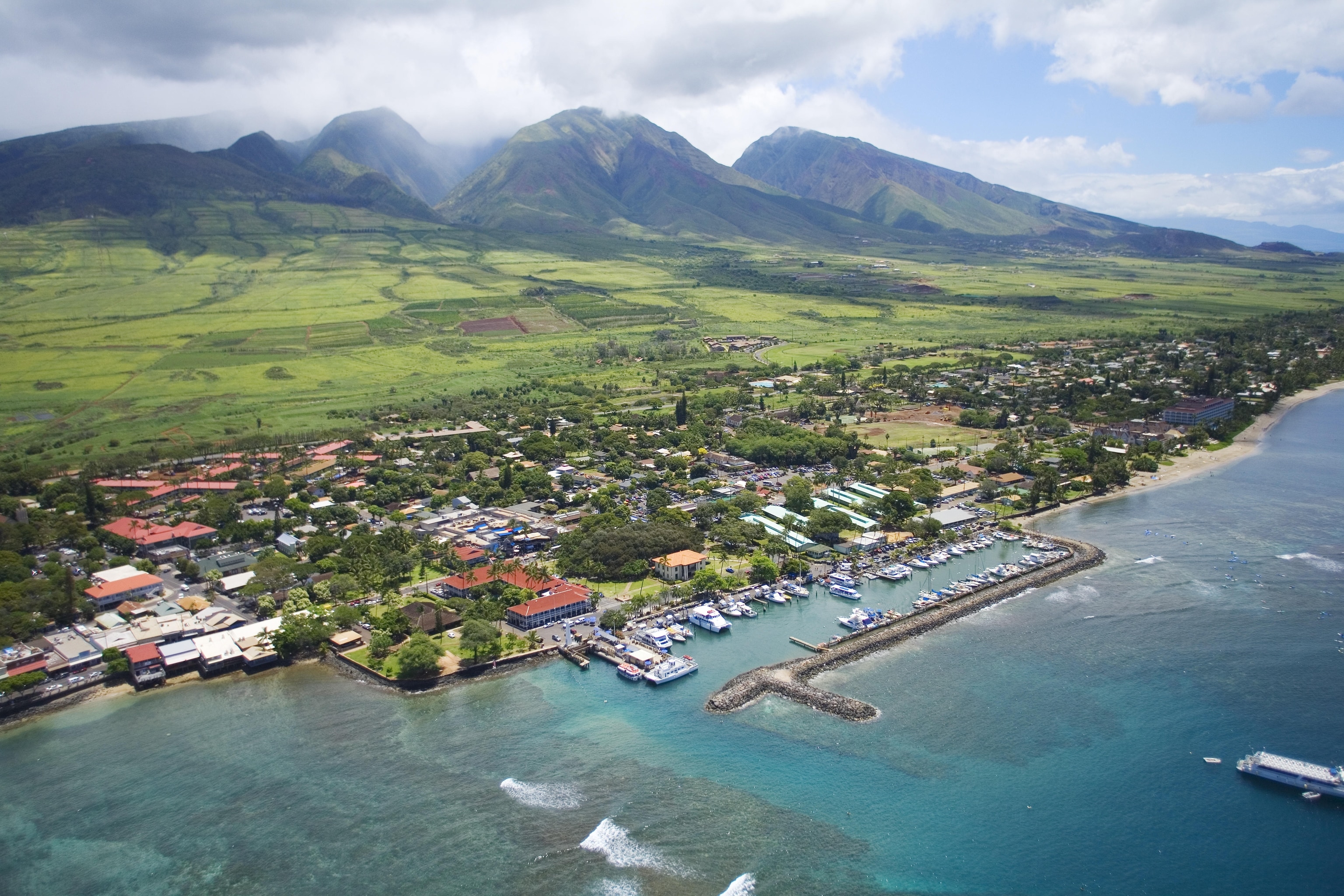
Lāhainā has always been a survivor. The coastal town in West Maui has endured and evolved, from serving as the former capital of the Hawaiian Kingdom to emerging as an important whaling port that inspired Herman Melville to immortalize the era in Moby Dick.
But wildfires—the deadliest in the state's history—have decimated much of the coastal town, claiming at least 96 lives and destroying hundreds of homes and buildings, including important historic and cultural sites. Once known as Lele, which translates to “relentless sun,” severe drought conditions in Lāhainā coupled with high winds from Hurricane Dora, which passed to the south of the state, fed the flames.
The fire in Lāhainā spread quickly and cruelly, and the loss of this historic town—one of the best-preserved historic sites in Hawaiʻi, where you could visit more than 60 historic sites scattered across 55 acres—is unfathomable.
(Hawaii's native language nearly vanished—this is the fight to bring it back.)
“It’s just, just horrible,” says Zita Cup Choy, renowned Native Hawaiian historian at ʻIolani Palace in Honolulu, whose family is from Maui. “To lose a part of the history where my kūpuna (ancestors) grew up is just sad.”
“As far as we know, there isn’t any location in Hawaiʻi where you could walk down the street and actually walk through time, and now that’s lost,” says Kimberly Flook, deputy executive director of the Lāhainā Restoration Foundation, a Maui-based nonprofit that oversees 14 major historic structures in Lāhainā.
But what was the historical significance of Lāhainā? This is what was lost to the wildfires.

A royal residence
This coastal town beckoned long before it became a modern tourist haven. “From time immemorial [Lāhainā was] a favorite residence of Maui kings and chiefs and a convenient port for inter-island travelers,” wrote John A. Hussey, a National Park Service historian, in a 1962 report that accompanied the town’s designation as a National Historic Landmark District.
So, it’s no surprise that Lāhainā was so enticing to King Kamehameha. Born into a royal family in the mid-18th century, he proved to be a skilled warrior—and would soon take the mantle of Kamehameha the Great, or the Napoleon of the Pacific.
War was nothing new in ancient Hawaiʻi, where rival kingdoms regularly tussled for control over neighboring islands. Kamehameha joined the fray and quickly overtook Maui and Oʻahu in 1795, later establishing a royal residence in Lāhainā in 1802. He ultimately succeeded in uniting the Hawaiian archipelago in 1810.
(The surprising history of Hawai‘i’s hula tradition.)
But Kamehameha didn’t survive to see the growth of the Hawaiian kingdom. After Kamehameha’s death in 1819, his son Liholiho took over the mantle. Now known as Kamehameha II, he formally named Lāhainā the capital of the kingdom—and ushered in sweeping societal changes.
Brick Palace: This was one of the first Western-style buildings in the Hawaiian Islands, where Kamehameha lived for a little over a year. It has long been destroyed but visitors have been able to visit the site of its foundation, which was excavated in the 1960s, off historic Front Street and behind the Lāhainā Public Library, which is now gone after the wildfires.
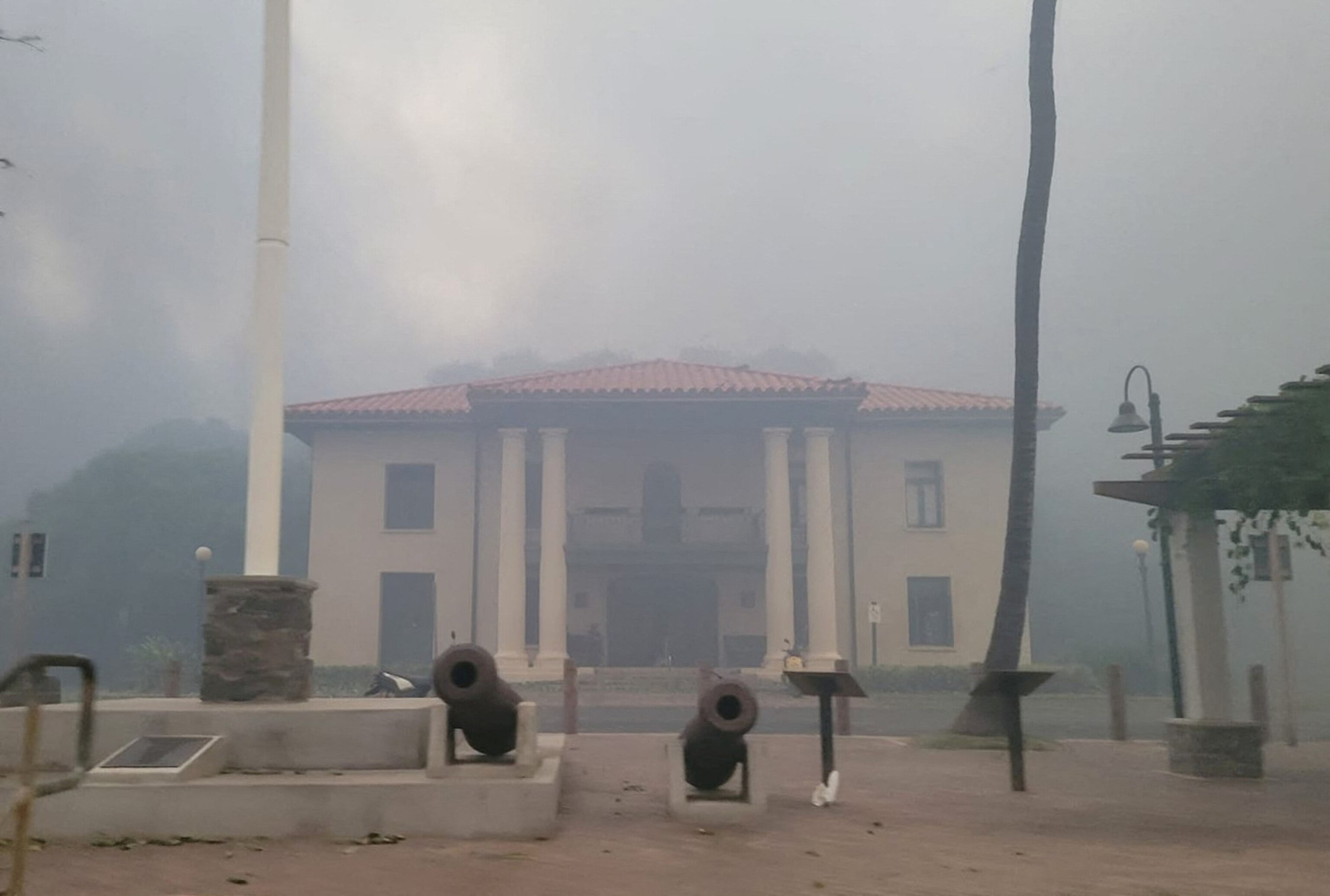
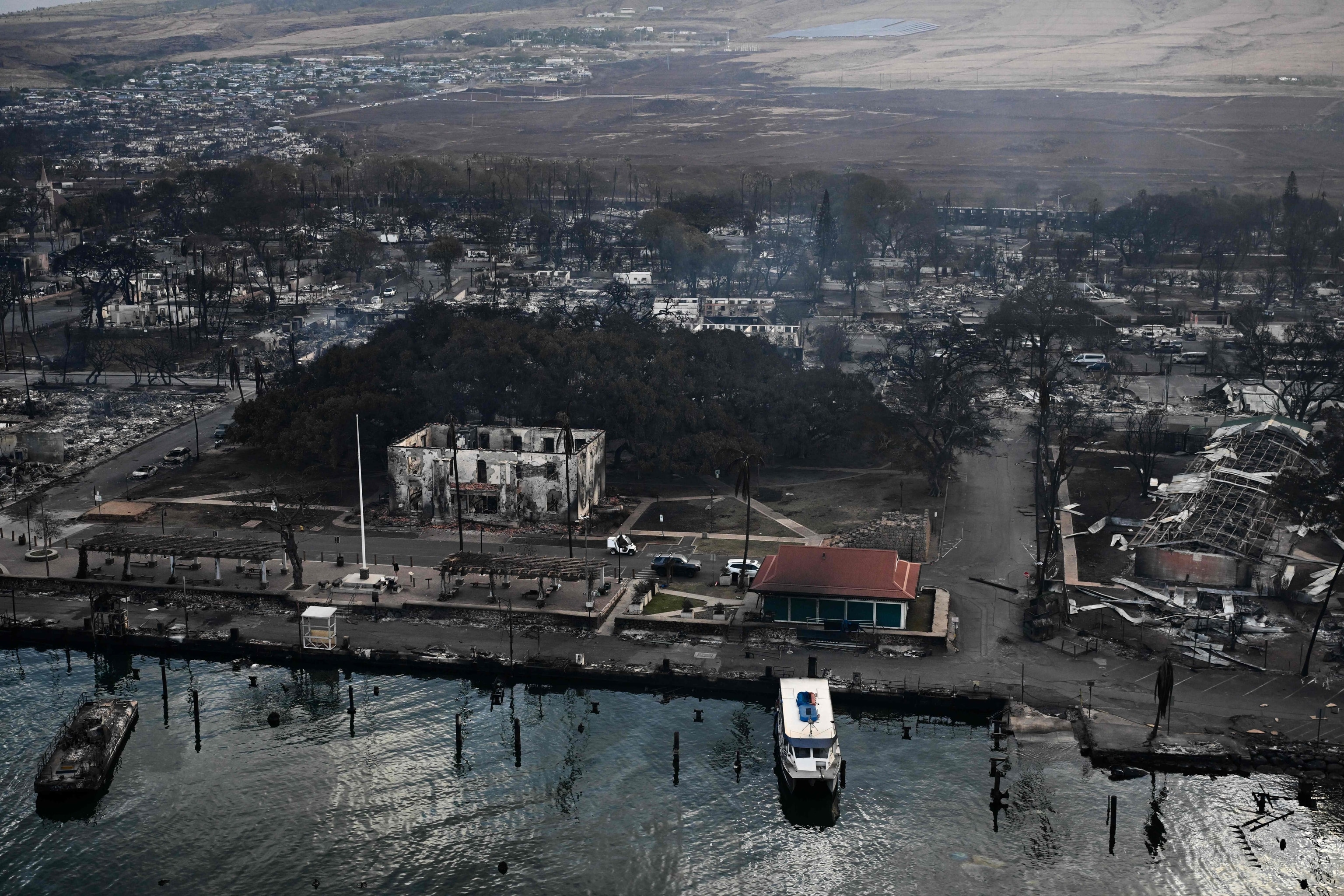
The arrival of missionaries
Liholiho had never known a Hawaiian society without foreign influence and was ready to embrace it as Hawaiʻi’s new king. Within his first year as king, he declared an end to kapu, a strict traditional religious system, and permitted the arrival of Protestant missionaries.
Instrumental in that decision was Liholiho’s mother Queen Keōpūolani, who supported her son’s decision to end the kapu system. When she left her home in Oʻahu to reside in Lāhainā in 1823, she brought two Protestant missionaries with her. By the end of the year, she had established the Lāhainā Mission Station.
“To the missionaries, this was the hand of God paving the way for them to convert everyone,” says DeSoto Brown, historian and curator for the archives at the Bishop Museum in Honolulu. “Hawaiians pragmatically looked at Christianity as a useful system, replacing a huge pantheon of spiritual forces with just one god, and with a written list of rules to live by instead of innumerable unknown forces that were capable of taking your life if you made a mistake.”
Waineʻe Church (Waiola Church): Originally built in 1828, this church sits on the site of the original Lāhainā Mission Station and is home to the graves of Hawaiian monarchs, including Queen Keōpūolani. It was destroyed in the wildfires.
Baldwin House: The oldest structure on Maui, it was built in 1834-1835 and became home to missionary pastor and physician Dwight Baldwin and family. Baldwin is credited with largely protecting Maui from the smallpox epidemic that hit the islands in the 1850s through a robust vaccination campaign. The home appears to have been destroyed in the wildfires.
Banyan tree: Lāhainā’s iconic banyan tree was imported from India in 1873 to celebrate the 50th anniversary of the arrival of Protestant missionaries. It was only eight feet tall at the time—and the more than 150-year-old tree grew to over 60 feet high. It seems to have survived so far but with damage to its trunk and limbs.
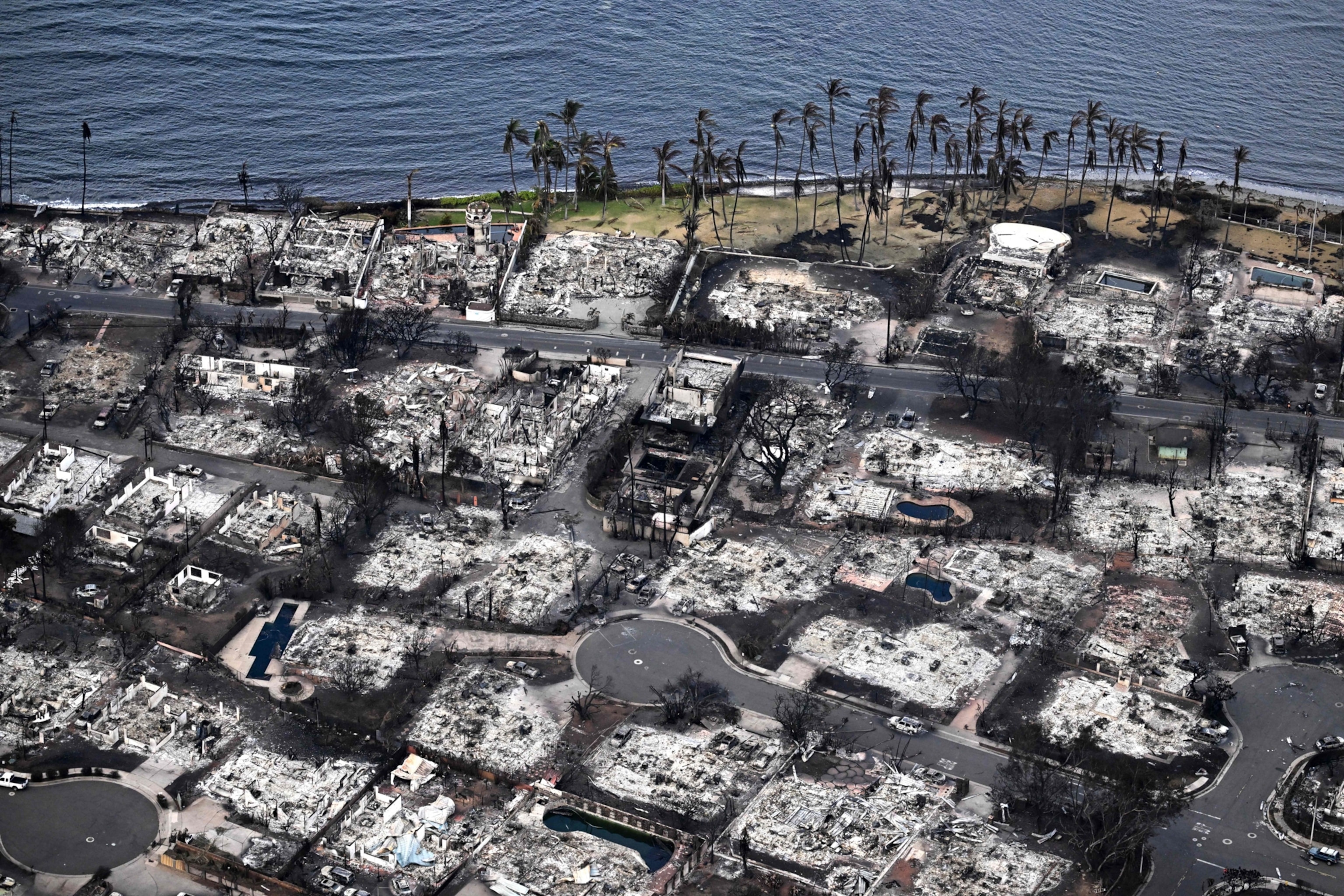
Whaling industry boom
Whalers, too, were increasingly drawn to the port of Lāhainā—which saw a jump from about a hundred whaling ships a year in 1824 to more than 400 ships a year in the 1850s. “Although Honolulu was originally the port most favored by the whalers, Lāhainā often surpassed it in the number of recorded visits, particularly from about 1840 to 1855,” Hussey writes.
Lāhainā prospered with the arrival of the whaling industry, which brought supplies, trade, and jobs to the island. But the drunken carousing of these sailors also brought strife to a society now heavily influenced by missionaries who preached temperance. By 1827, tensions grew when Lāhainā enacted a decree forbidding local women from visiting whaling ships.
The whalers blamed the Rev. William Richards for persuading the Hawaiian royals to issue the decree—so they turned their cannons on his compound. No one was injured but the incident was in part what prompted the town to build the Old Lāhainā Fort—and, later, the Old Lāhainā Prison—to protect the town from drunken sailors.
Old Lāhainā Courthouse: Located in Banyan Tree Park, the Old Lāhainā Courthouse stands on the original site of the Old Lāhainā Fort, which was built in 1831 to protect the town from the raucous sailors. It appears to have been lost in the wildfires.
Master’s Reading Room: Lāhainā missionaries built this coral-block-and-stone retreat for whaling ship captains in 1833, offering them a place to catch up on news and work. It had been restored in 1970.
Lāhainā Lighthouse: Commissioned in 1840, this was not just the first lighthouse in all of Hawaiʻi—it was the oldest in the Pacific, built to guide whaling boats into Lāhainā’s port. It was rebuilt in 1905.
Early tourism boom
By the end of the 19th century, Lāhainā was in upheaval yet again. In 1845, King Kamehameha III moved the seat of royal power from Lahaina to Honolulu, and soon after that the whaling industry began to show signs of collapse. By 1860, whaling all but ended in Hawaiʻi.
In its place arose a new economy built on the back of sugar. In 1860, Pioneer Mill Co. was the first plantation to grow sugar commercially in Lāhainā and it built one of Hawaiʻi’s first sugar mills. It erected a 225-foot high smokestacks in 1928—the tallest in Hawaiʻi and a landmark on the island.
(How white planters usurped Hawaii's last queen.)
This new industry in turn required an influx of labor. From 1852 to 1898, thousands of Chinese immigrants arrived in Maui to work on sugar plantations and in sugar mills. They soon formed their own cultural traditions in Lāhainā, including the Wo Hing Society, which opened a social hall in the late 1880s.
But that, too, had been supplanted in more recent years as Lāhainā transformed into a tourist destination, the Waikīkī of Maui. Restaurants, boutiques, art galleries, and souvenir shops filled historic plantation structures. Meanwhile hotels like Pioneer Inn, built in 1901 and one of the oldest operating hotels in Hawaiʻi, welcomed visitors who traveled to Maui by boat.
The town has recently thrived on tourism, with its rich history buried under shops hawking cheesy aloha shirts, Tahitian black pearls, and fish tacos. But all that is gone, too, buried under the wildfire ashes. The status of the mill is uncertain, but The Pioneer Inn was destroyed. So was the cookhouse that made up part of the Wo-Hing Museum, along with countless other modern historic landmarks.
“My brain is still processing this disaster,” Brown says. “It's unthinkable for such a huge event to have occurred. Over the years I've watched numerous videos of fire disasters in many locations—views from vehicles being driven through walls of flames, completely destroyed buildings and towns—but I never could have conceived that I'd see these same things happening right here in my homeland.”
Brown is already thinking about how Lāhainā might rebuild what it has lost—particularly taking into consideration the rising sea levels threatening the coastal town.
“Lāhainā will come back, but how they come back is up to the community,” Choy says. “Hawaiʻi is bound and determined to remember our history.”


